Will I have loop problems with this topology because S2 and S3 are both connected to S1 and s4 ?

-
I think this belongs on [programmers](http://www.programmers.stackexchange.com) – Cilan Jan 12 '14 at 22:59
-
3I'd rather say http://serverfault.com/ – BlackBear Jan 12 '14 at 23:02
3 Answers
Please check out this wikipage. It summarizes switching loops and the problem associated with them.
Obviously, to solve this issue you could just remove a link/ switch (S1 or S4) which forms the physical loop in the first place; although the result is you lose redundancy.
The ideal solution is to configure spanning tree protocol (STP) on these switches to dynamically block some interface(s) so that one active path exists between the two endpoints (PCs on S2 to PCs on S3) at any time. Note, with spanning tree configured you do not get load-balancing over the redundant link/ switch.
- 1,055
- 10
- 21
What you need is Spanning tree protocol, turn on this function in your switch.
It's a loop-free topology for any bridged Ethernet local area network.
This protocol will disables links that are not part of the spanning tree, leaving a single active path between any two network nodes.
We often use RSTP(802.1w) instead of STP(IEEE 802.1D), for the previous provides faster spanning tree convergence after a topology change.
If you use VLAN in your environment, you may choose MSTP(Multiple Spanning Tree Protocol).
- 975
- 1
- 7
- 17
In simple ring topology, u can use ring protocols too!
like G8032 (ERPS)
G8032 wiki http://en.wikipedia.org/wiki/Ethernet_Ring_Protection_Switching
G8032 archive http://www.cisco.com/c/en/us/td/docs/ios-xml/ios/cether/configuration/xe-3s/ce-xe-3s-book/ce-g8032-ering-pro.html
- 86
- 6